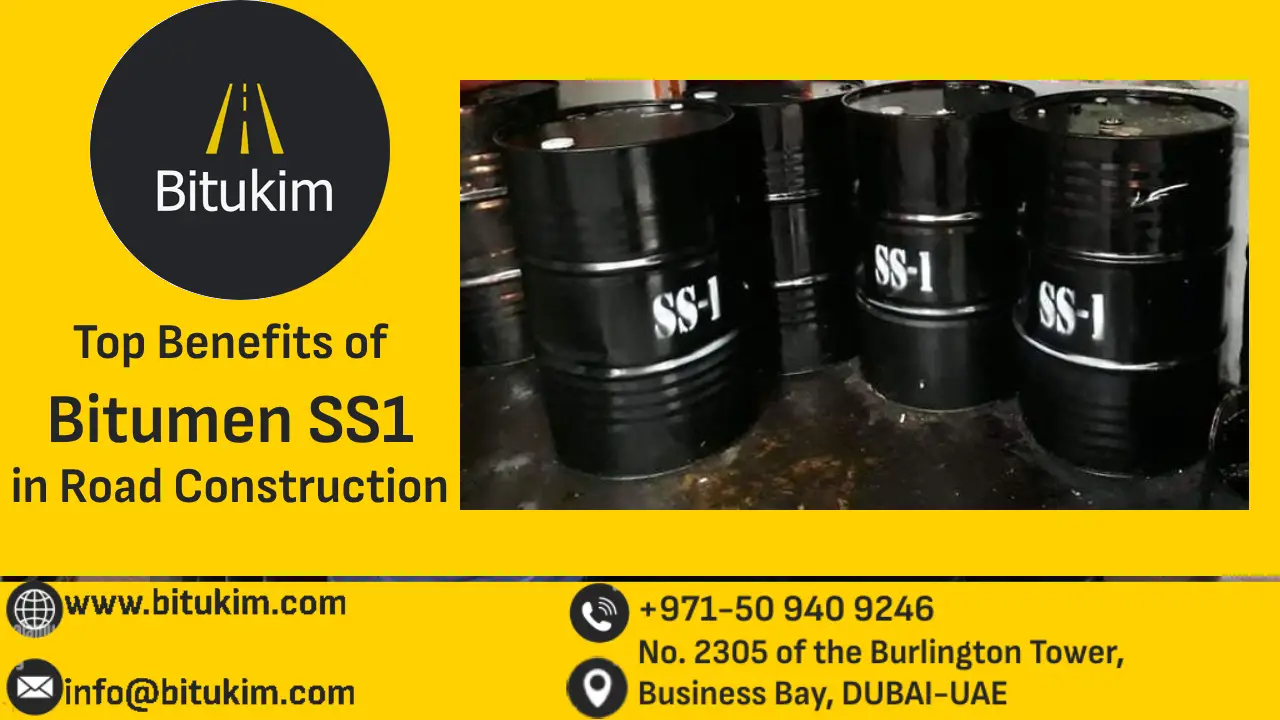
How to Use Bitumen Emulsion SS1 for Road Repairs and Construction, Using Bitumen Emulsion SS1 for road repairs and construction involves several steps to ensure effective application and durability. Here’s a step-by-step guide:
1. Preparation
Surface Preparation
- Clean the Surface: Ensure the surface is free of loose material, dirt, dust, and debris. This can be done using a broom, vacuum, or high-pressure air.
- Repair Cracks: Fill any cracks or potholes with an appropriate filler to create a smooth, even surface.
Check Weather Conditions
- Dry Conditions: Apply Bitumen Emulsion SS1 when the weather is dry. Avoid application during rain or when the surface is wet.
- Temperature: Ensure the temperature is within the recommended range for application. Typically, it should be above 5°C (41°F).
2. Application
Mixing (if required)
- Stir the Emulsion: Mix the Bitumen Emulsion SS1 thoroughly before application to ensure an even consistency.
Application Methods
- Spraying: Use a spray application system for even distribution. Ensure the spray nozzle is set to the appropriate width for the application.
- Brushing: For smaller areas or touch-ups, a brush can be used to apply the emulsion evenly.
Coverage Rate
- Determine Coverage: Follow the manufacturer’s guidelines for the coverage rate, usually expressed in liters per square meter (L/m²). This ensures adequate application without wastage.
Application Process
- Apply Evenly: Apply a uniform layer of Bitumen Emulsion SS1 to the prepared surface. Ensure there are no thick or thin spots.
- Allow to Penetrate: Allow the emulsion to penetrate and bond with the surface. This usually takes a few minutes but can vary based on weather conditions and the surface type.
3. Post-Application
Curing Time
- Let it Cure: Allow the emulsion to cure properly. The curing time can vary but generally takes several hours. Avoid traffic on the treated surface during this period.
Quality Check
- Inspect the Surface: After curing, check for uniform coverage and proper bonding. Look for any areas that may need touch-ups or additional application.
4. Safety Precautions
Personal Protection
- Wear Protective Gear: Use appropriate personal protective equipment (PPE), including gloves, goggles, and masks, to avoid contact with the emulsion.
Ventilation
- Ensure Good Ventilation: If working in enclosed spaces, ensure adequate ventilation to disperse any fumes.
5. Cleanup
Clean Equipment
- Clean Tools: Clean all application equipment immediately after use with water or the recommended cleaning agent to prevent residue buildup.
Dispose of Waste Properly
- Follow Regulations: Dispose of any waste materials and empty containers according to local regulations and guidelines.

